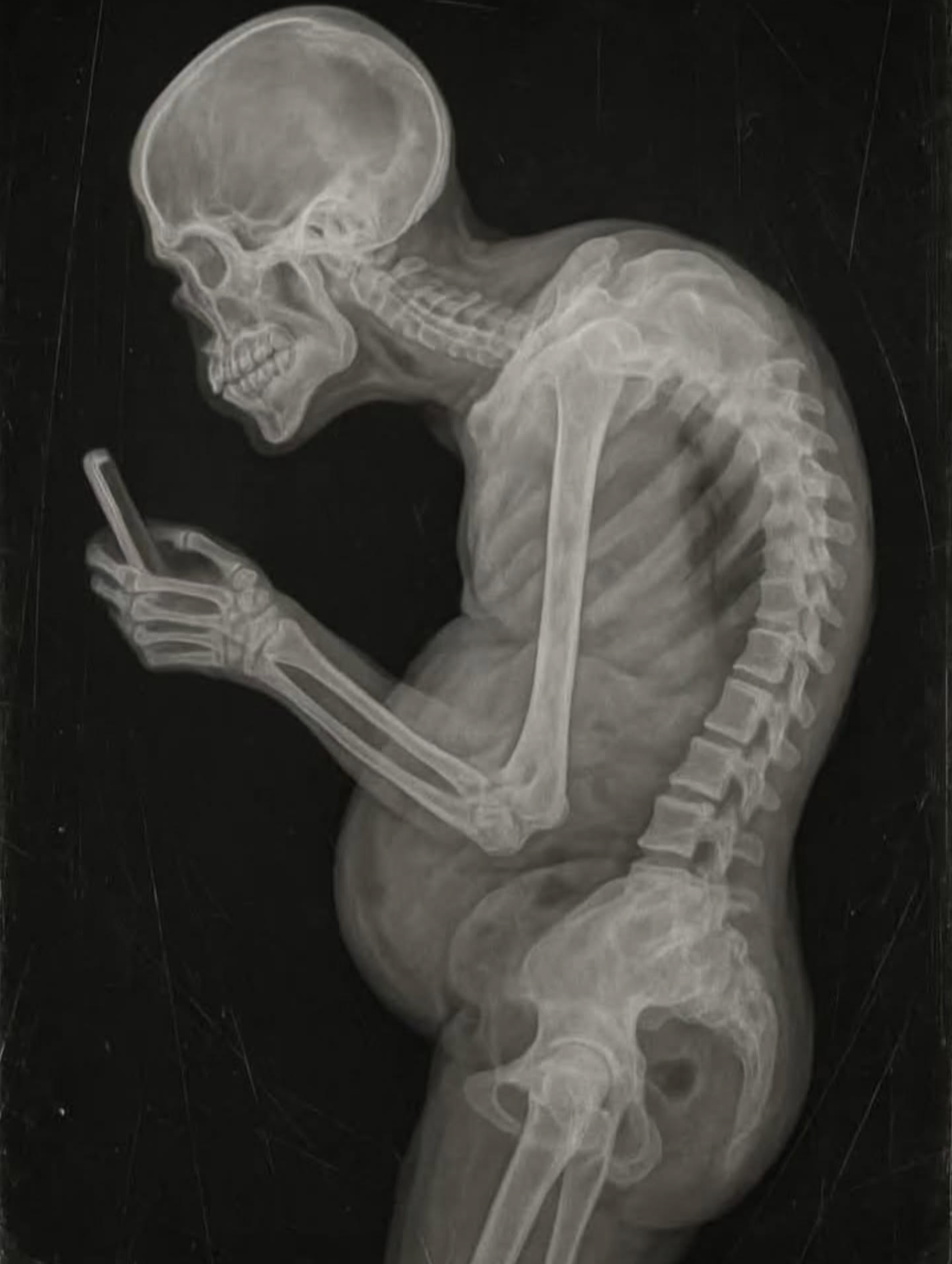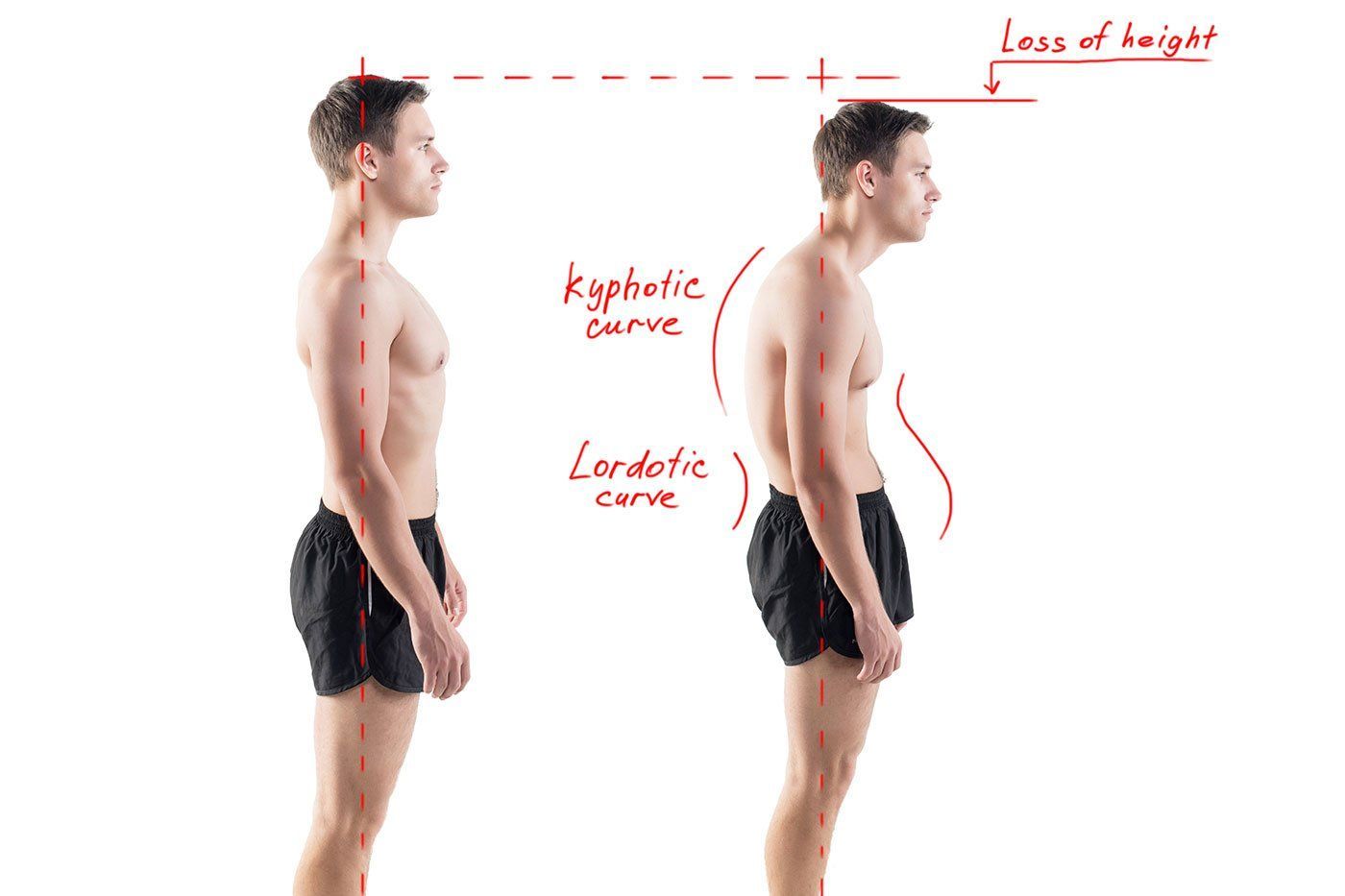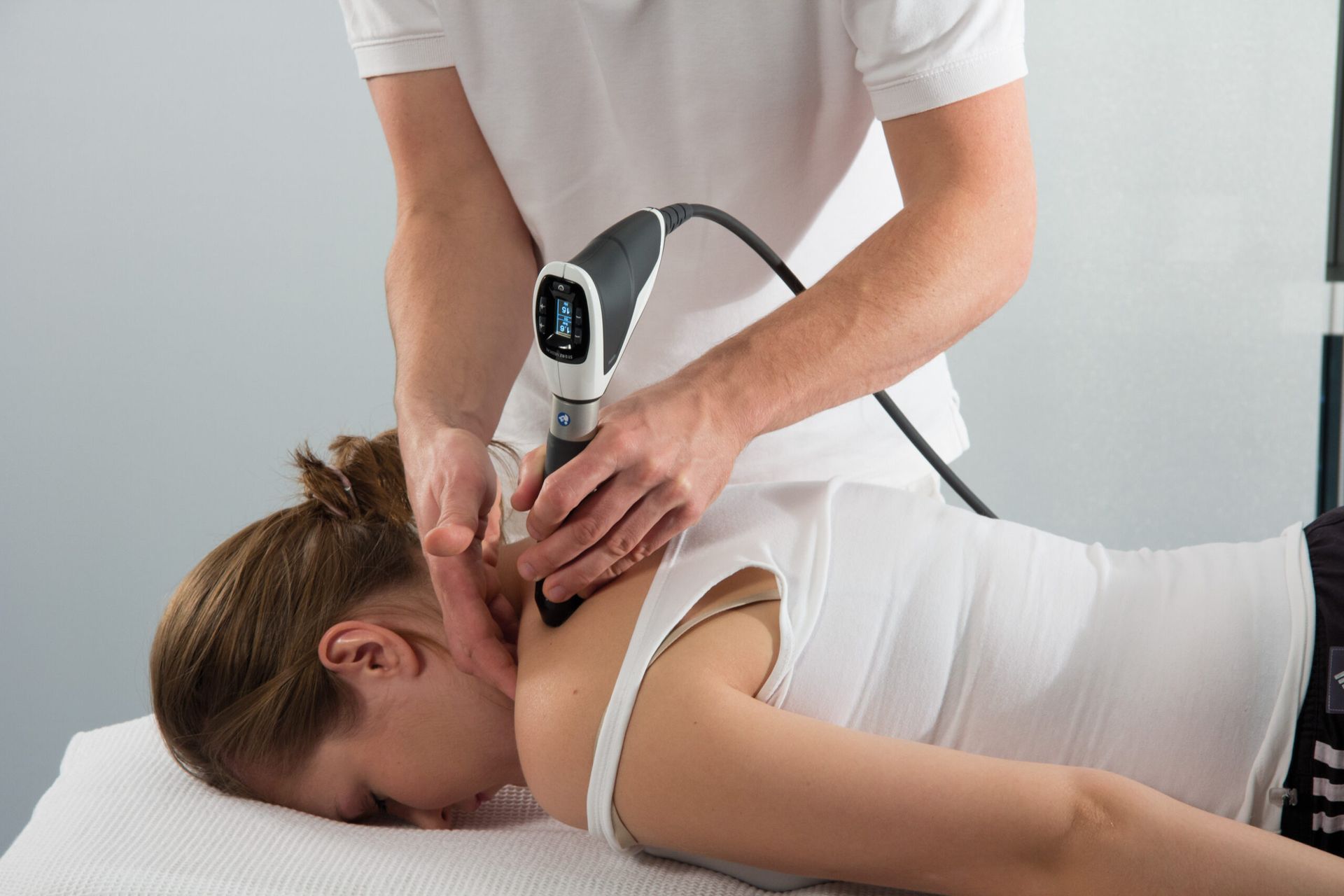The Future of a Generation: Hyperkyphosis from Excessive Screen Use
The Future of a Generation: Hyperkyphosis from Excessive Screen Use
We’re witnessing a troubling trend — the posture of a generation being reshaped by screens. Hours spent hunched over phones, tablets, and laptops are leading to a condition known as hyperkyphosis — an excessive forward curvature of the upper spine.
What was once seen mostly in the elderly is now appearing in teenagers and young adults, whose necks are craned downward for hours each day. This constant forward-head posture places continuous strain on the spine, shoulders, and neck muscles. Over time, this repetitive stress can cause the spine to adapt to this dysfunctional position, resulting in the classic “tech neck” or rounded upper back appearance.

The Hidden Consequences of Poor Posture
While the physical appearance of slouching is concerning, the deeper effects are far more significant. Hyperkyphosis can contribute to:
- Chronic neck and upper back pain
- Shoulder tension and stiffness
- Reduced lung capacity due to restricted rib cage movement
- Nerve compression and altered joint mechanics
- Long-term musculoskeletal degeneration
Doctors and chiropractors alike are warning that, left unchecked, postural issues like these could become one of the most widespread lifestyle-induced spinal deformities of the 21st century. It’s a silent epidemic of our digital age — one text, one scroll, one slouch at a time.

How Functional Range Conditioning and Spinal Segmental Work Can Help
At Naturally Well Chiropractic, we focus on restoring spinal mobility, strength, and control. Through methods such as Functional Range Conditioning (FRC), spinal segmentation training, and Denneroll orthotic exercises, we can begin to reverse postural decline and promote a healthier thoracic spine.
- FRC techniques help develop active mobility and strength at each joint, improving your ability to maintain upright posture under everyday loads.
- Spinal segmentation work enhances awareness and control through each spinal segment, reducing rigidity and improving functional movement.
- Denneroll orthotic devices can assist in restoring normal spinal curvature and retraining the thoracic spine to extend properly, counteracting the effects of prolonged forward posture.
These techniques not only address pain and stiffness but also improve long-term spinal health and resilience — allowing your body to move the way it was designed to.
Book an Assessment Today
If you’ve noticed increasing stiffness, rounding of the shoulders, or discomfort through your upper back and neck, now is the time to act. Early intervention can make a significant difference in preventing postural changes from becoming permanent.
At Naturally Well Chiropractic, we offer comprehensive postural assessments and tailor corrective programs to your individual needs — helping you improve mobility, health, and posture of your thoracic spine.
📞 Call to book your appointment today (03) 5981-9000
Share this Blog Post
More Blog Posts




